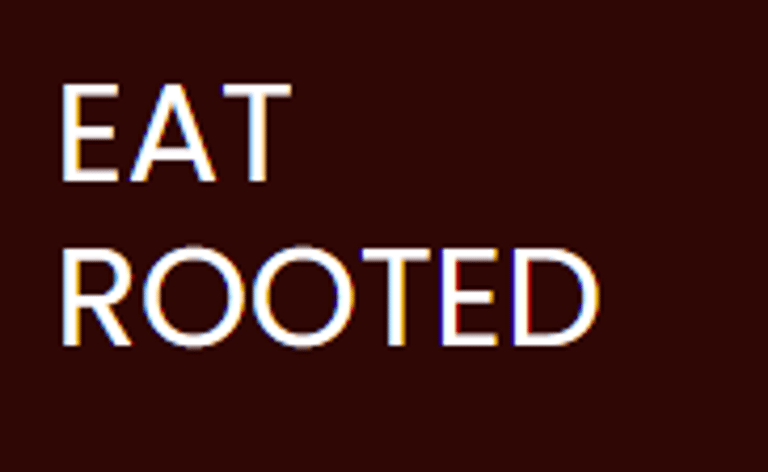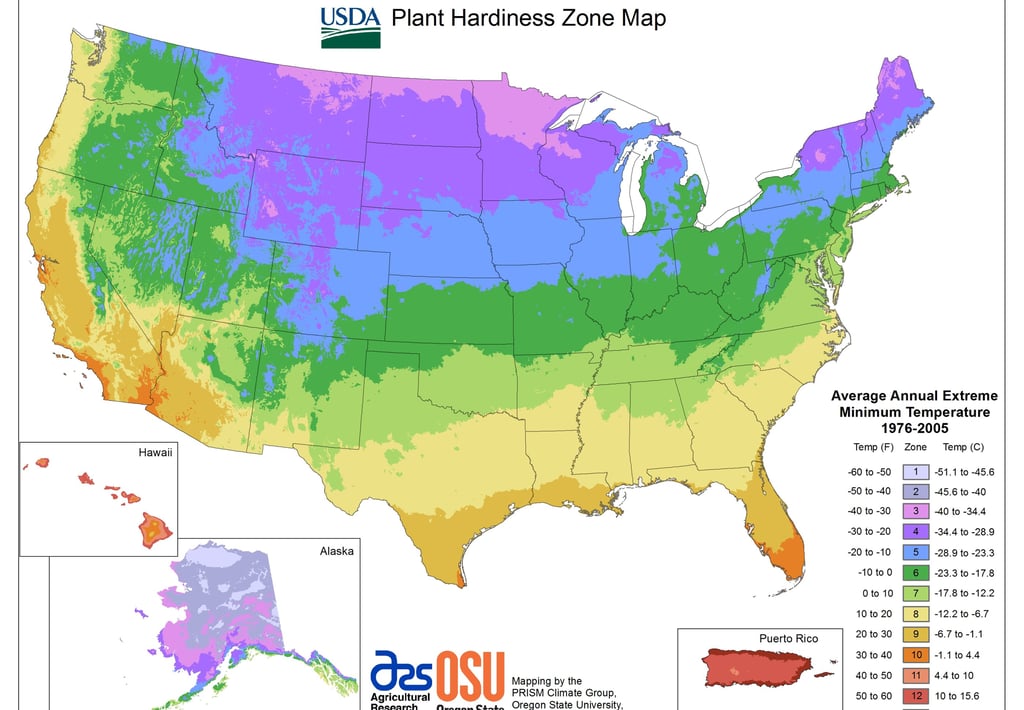Since then, changes in temperature and weather patterns related to increasing global temperatures and greenhouse gas emissions have led to increased variations in climate. However, the gardening zone map is still a useful tool for gardeners to get an initial sense of their climate. As you continue to garden over time, pay attention to your environment and take note of any changes or particular patterns that you notice for your microclimate.
Where to Find Your Gardening Zone
You can download a map of your region and plant hardiness zone at the USDA’s plant hardiness website.
Other Things to Know: Frost Dates
Other than gardening zones, it can be helpful to know the first and last frost dates for your location. The first frost date is usually sometime in the fall. “Frost date” refers to the first time that the temperature will drop below freezing during the night (which allows dew to turn into frost over night). The last frost date refers to the last night in the spring when the weather drops below freezing and conditions allow frost to form. The frost dates usually mark the beginning and end of the summer growing season. It’s important to know the frost date because frost can be deadly for both young crops and some crops that are ready to be harvested.
For example, tomatoes that are transplanted outside before the last frost, and tomatoes that haven’t been picked by the first frost, may not be likely to survive. However, for some crops it’s more beneficial to pick them after there has been a frost, because the cold will help the plant concentrate sugars. This is generally true for root crops, such as carrots and beets. Perennial or biennial crops (perennials are plants that can survive year round in a given climate, and biennials are crops that take two growing cycles to reproduce) can survive throughout the winter, but that is not the case for annual crops.
The farmer’s almanac allows you to search for the predicted first and last frost dates for a given city or zip code in the United States, based on historical data.



